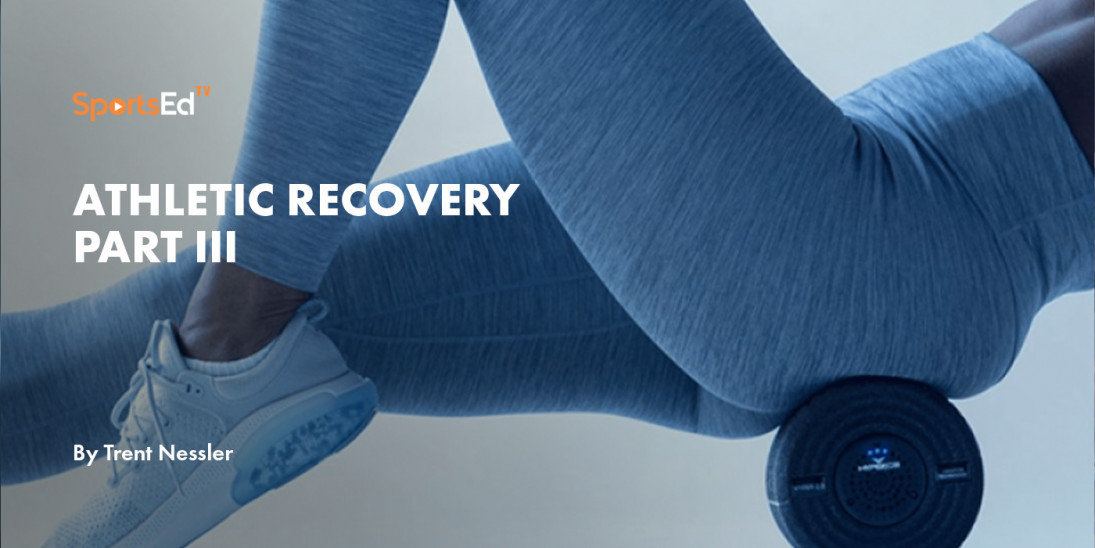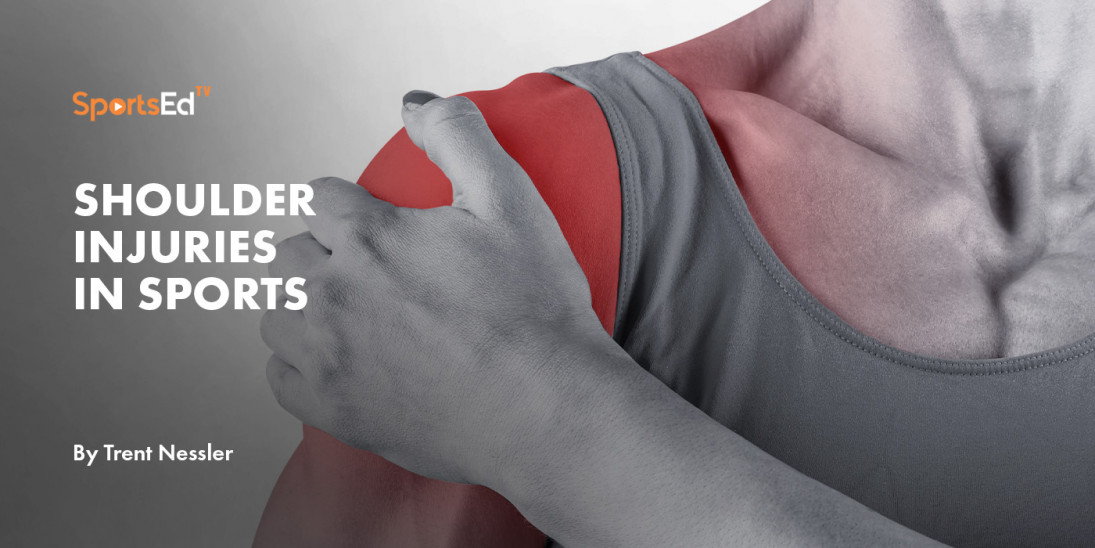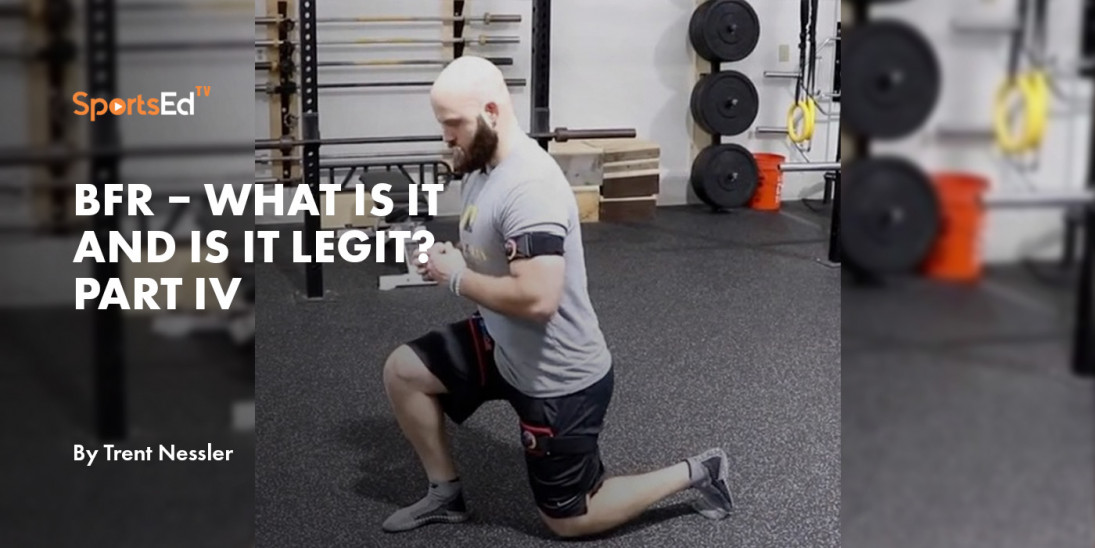Health
Welcome and thanks for visiting...

Shoulder Injuries Part V
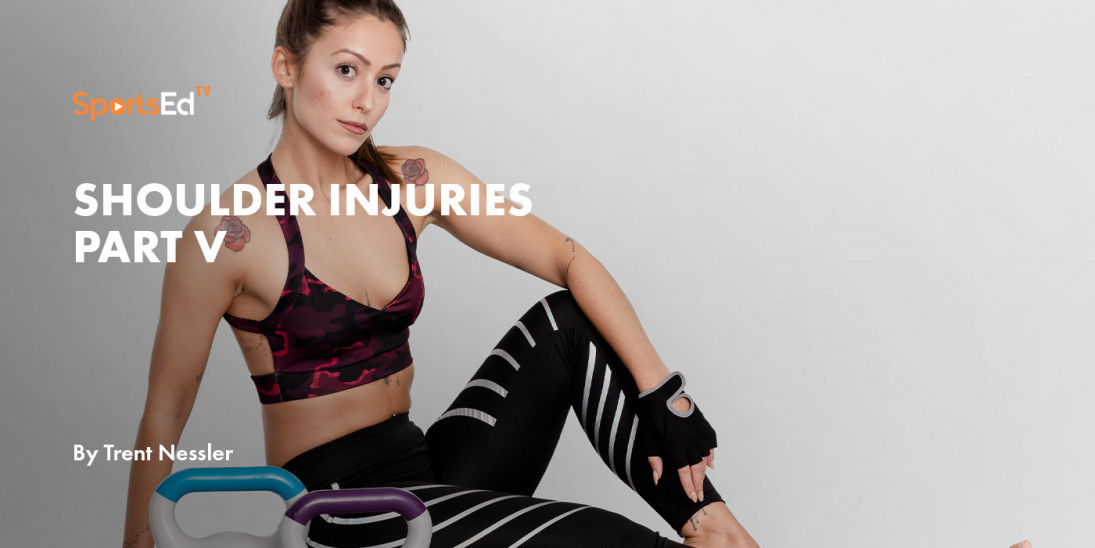
In the past articles, we discussed specific types of shoulder injuries that can occur in sports. In part IV , we discussed some specific stretches we can do to prevent injury. These stretches can be added to your routine and should be done prior to practice, drills or live competition.
In addition, there are some exercises we can add that will also help to prevent injuries. Before we go into specific exercises, I want to discuss how you put these into your routine. One thing we know from the research (Soomro et al Am J Sports Med 2016) is if a "prevention program" goes over 20 minutes in duration, then compliance with that program drops off drastically. We all know our time is very limited and adding an additional 20-60 minutes of "preventative exercises" onto your routine will many times prevent us from doing the things we know we should do. But, what if I told you there is a way that you can add exercises to your routine that will 1/2 the time as the traditional route and when done in this fashion not only help prevent injuries but also improve athletic performance.
In an effort to make our programs more efficient (not require high volume but still provide same training effect) we developed an approach called fatigue state training which we have been researching for the last 5 years. The results are amazing. Fatigue state training simply uses the fatigue you create in training, weight lifting or practice to pre-fatigue the body prior to performing our preventative program. Theoretically, we could then do less volume and still have the same training effect because you are starting from a state where the muscle is already tired or fatigued. Applying this approach, we discovered several interesting things.
- Improved Compliance - since the program is shorter and takes less time to implement, the compliance rate with the program is much better. This has had a dramatic impact on injury rates and team performance. Why team performance? In sports, better players play more and therefor are more likely to get injured. Reduction of injury rates meant better players stay in the game and season longer and therefore contribute to overall team success.
- Training Effect - by using fatigue state training, you get the same training effect with 1-2 sets that we would normally get with 4-5 sets. We also found by training the muscles in a fatigue state, when the athlete became fatigued during play, they were actually moving better and getting injured less. This falls under the training philosophy of specificity of training. We trained the muscles in a fatigued state so when the athlete is fatigued this is a state the muscles are trained for so they can respond better.
- Performance Impact - by doing fatigue state training, we found that athletes were actually performing better in the later stages of the game or competition. So not only was team performance going up, but athlete's individual performance was improving.

All of this to say, if you are going to do these exercises, you can make it more efficient, more impactful on injury rates and athletic performance if done at the end of practice. I am also putting in some exercises that will address several links in the chain (core, shoulder, arms) instead of just pure isolation to one muscle. This is more functional (since this is how the body works) and more time efficient (train multiple parts at one time).
*Note - some of the exercises I do with CLX. This is a new TheraBand product that has continuous loops and allows you to do somethings you could not do with traditional TheraBand. I have no financial relation with them but do love their products so you will see this used below*
Turkish Get Up - This is one of my favorite exercises for overall body conditioning. Not only does this work the shoulder/upper body, core and legs, it is also a great exercise to strengthening for your kinetic chain from the legs to the core to the shoulder. There are some cues on the diagram below that you should follow to keep proper form. When doing this, if done in fatigued state, do 1-2 sets of 10-20 reps per side.
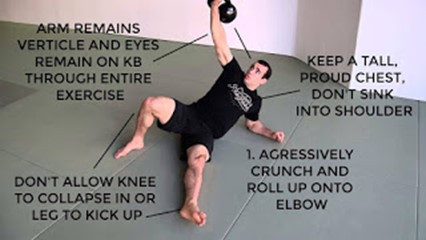
Pull ups with a rope - I like incorporating pull ups with a Gi (for grapplers) or rope as this not only strengthens the shoulder girdle, arms, parascapular musculature and lats but is also a great exercise for helping athletes increase grip strength and explosive power for grapplers, American football players, lacrosse, tennis, etc.
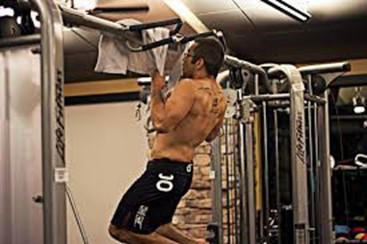
Scapular retraction with external rotation - using the CLX, grab the middle of the band and put your hands in two loops next to each other. With palms facing up, pull shoulder blades back and down (by bringing your chest up) and slowly rotate hands out like pictured below. Pause at end range and slowly return to start (on a 3 count). This will help to train the eccentric phases which is important for rotator cuff strength and function. Do 1-2 sets of 30 reps each. To bring in more core, I typically do these on a ball or on a ball with one foot off the ground.
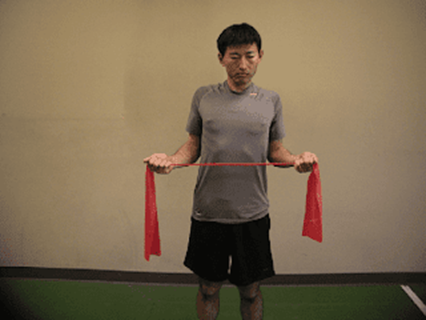
Side plank with external rotation - to work the hip, core and the shoulder at the same time (which is actually very important for performance) go into a slide plank. Holding the band as pictured here with palm up, slowly rotate out, pause and slowly return to starting position (on a three count). Make sure to keep the shoulder blades pinched back and down so the shoulders do not roll forward. Do 1-2 sets of 30 reps on each side.
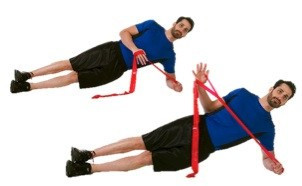
Side plank progression - the video below shows you a great progression for this exercise. This uses the CLX and draws in the entire lower kinetic chain, core, scapula stabilizers and shoulder girdle. You can do this one for a set period of time or for 1-2 sets of 30 reps.
Adding these as a normal part of your routine will not only increase your shoulder strength but also help improve performance. We hope you continue to enjoy this series and find the information valuable. Stay tuned as we continue to share the latest in sports medicine research and science.
Read more:

